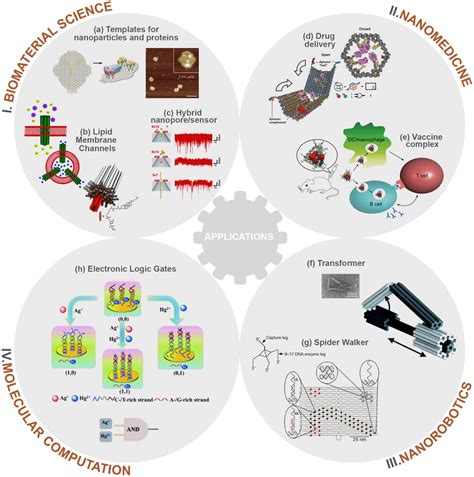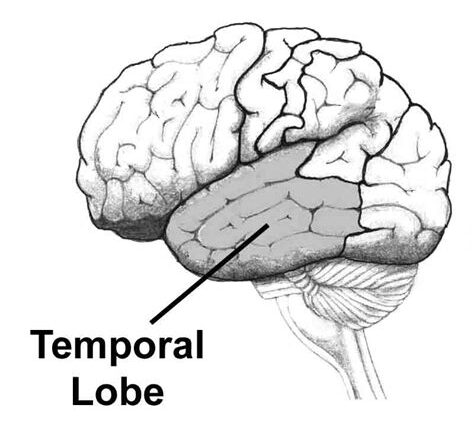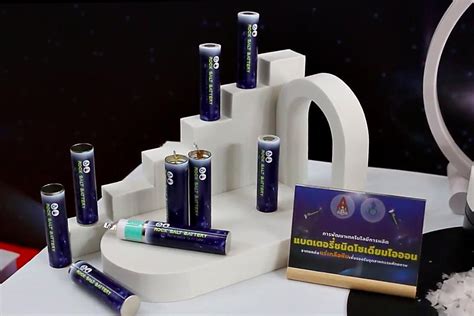Have you ever marveled at how the shape of something can determine its function? Well, that concept is not just for art and architecture but also a fundamental principle in the world of biology. Imagine if we could apply this idea to artificial cells – creating structures that perform specific tasks based on their form. Sounds like science fiction, right? But thanks to groundbreaking advancements in DNA nanotechnology, this futuristic vision is becoming a reality.
Enter Prof. Laura Na Liu, a brilliant mind leading the charge in this innovative field. As the Director of the 2nd Physics Institute at the University of Stuttgart and a Fellow at the prestigious Max Planck Institute for Solid State Research (MPI-FKF), Prof. Liu is trailblazing new pathways in synthetic biology. Her pioneering work revolves around manipulating lipid membranes in artificial cells using DNA nanorobots – tiny molecular machines designed to interact with cell-like structures on a minuscule scale.
“This work is a milestone in the application of DNA nanotechnology to regulate cell behavior,” says Prof. Laura Na Liu.
Picture this: synthetic cells enclosed by lipid bilayers, mimicking natural cell membranes but with an added twist of programmable control. These lipid membranes act as versatile models for studying biological processes such as membrane dynamics, protein interactions, and lipid behavior – all crucial aspects of cellular function. By leveraging signal-dependent DNA nanorobots, Prof. Liu’s team has achieved what was once deemed impossible – orchestrating precise interactions within these artificial cells.
In their experiments with giant unilamellar vesicles (GUVs) – simplified replicas of living cells – the researchers have demonstrated how DNA nanorobots can reshape and reconfigure these structures at will. This ability opens up a realm of possibilities for creating novel transport channels within cell membranes, enabling targeted delivery of therapeutic molecules directly into cells.
“It is extremely exciting that the functional mechanism of the DNA nanorobots on GUVs has no direct biological equivalent in living cells,” notes co-author Prof. Stephan Nussberger.
At the heart of this innovation lies DNA origami structures – intricately folded DNA strands manipulated by specially designed short sequences known as staples. These nanostructures serve as customizable tools that can alter their shape dynamically, triggering changes in their immediate surroundings within synthetic cells. The beauty of it all? This transformative process leads to the formation of bespoke channels capable of ushering large molecules across membranes with precision.
Prof. Hao Yan, another key collaborator on this project, envisions a future where such technology could revolutionize drug delivery systems and therapeutic interventions by mimicking natural cellular behaviors seamlessly.
“Our approach opens up new possibilities to mimic the behavior of living cells…crucial for future therapeutic strategies,” remarks Prof Hao Yan.
Imagine a world where diseases are treated not just with drugs but with intricately designed nanorobots navigating through our bodies like tiny engineers delivering payloads precisely where needed. It may sound like science fiction today but remember – every scientific breakthrough was once just an audacious dream waiting to be realized!











Leave feedback about this